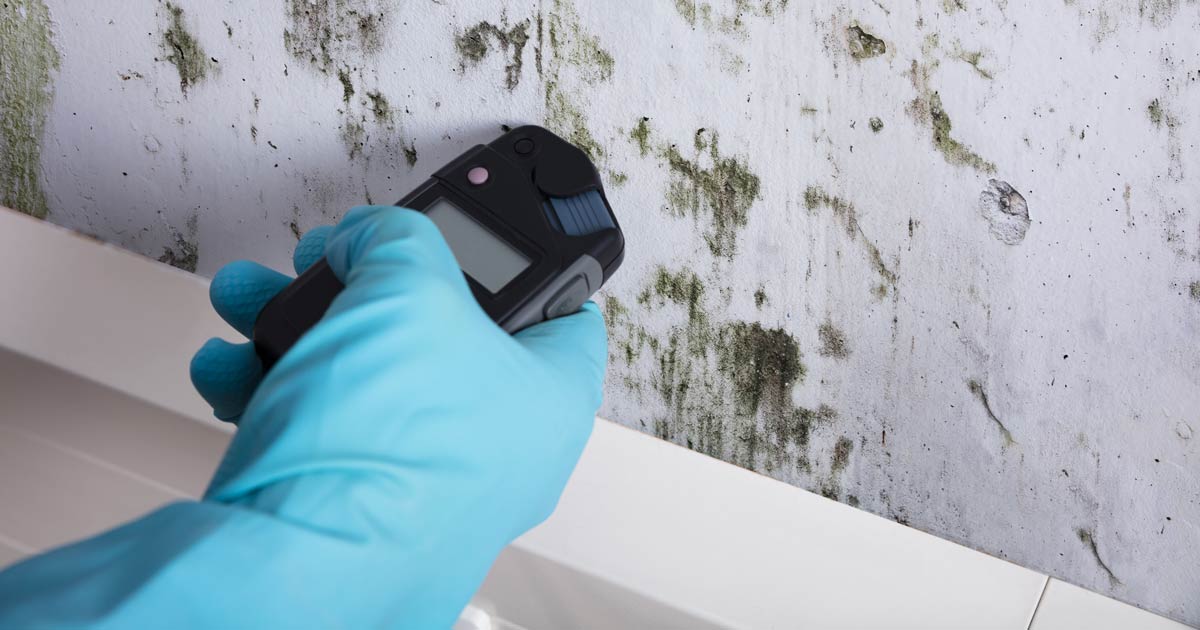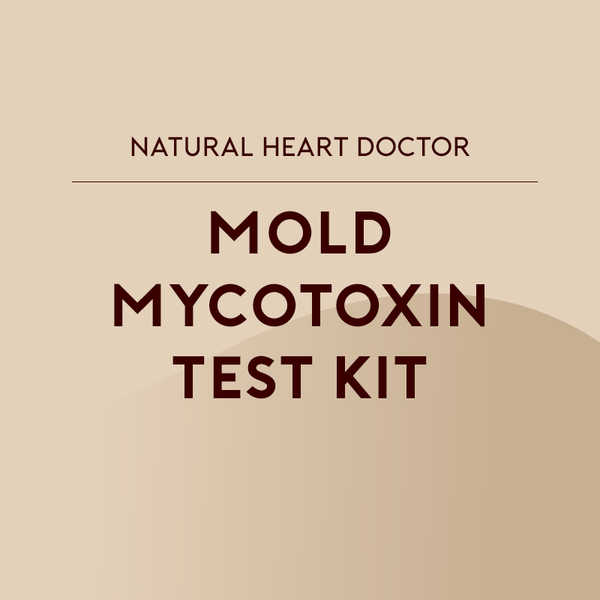How Mycotoxin testing Services Can Safeguard Your Products
How Mycotoxin testing Services Can Safeguard Your Products
Blog Article
Exactly How Mycotoxin Testing Assists Protect Against Contamination and Guard Food Materials

Mycotoxin screening is an indispensable technique in the food industry, functioning as a frontline protection versus contamination by dangerous toxins created by molds. With the application of advanced methods like High-Performance Fluid Chromatography (HPLC) and Fluid Chromatography-Mass Spectrometry (LC-MS), food producers can properly evaluate and detect mycotoxin levels in agricultural products. This positive strategy not only makes certain compliance with rigorous security laws but likewise reduces wellness threats to customers. Additionally, routine testing fortifies brand online reputation and monetary health by minimizing contamination-related incidents. Just how precisely do these screening procedures incorporate into the broader food safety strategy?
Understanding Mycotoxins
Recognizing mycotoxins begins with identifying that they are harmful second metabolites created by specific mold and mildews, which can contaminate agricultural items. These metabolites are not vital for the development or recreation of the fungis but can have extreme implications for animal and human health and wellness. Mycotoxins are commonly located in staple plants such as corn, wheat, barley, and nuts, where they can proliferate under specific problems of moisture and temperature level.
There are several kinds of mycotoxins, each generated by different fungal types. Aflatoxins, created by Aspergillus species, are amongst the most well-known, known for their carcinogenic residential or commercial properties. One more substantial team consists of ochratoxins, created by Aspergillus and Penicillium types, which have nephrotoxic results. Fusarium species produce fumonisins and trichothecenes, both of which are related to various acute and chronic health issues.

Dangers of Mycotoxin Contamination
The dangers of mycotoxin contamination are multifaceted, positioning significant hazards to both food security and public health and wellness. Mycotoxins, toxic compounds produced by specific types of fungis, can contaminate a vast array of agricultural products consisting of cereals, nuts, spices, dried fruits, and coffee.
Financial effects are one more significant concern. Infected plants can result in significant monetary losses for farmers and food manufacturers because of reduced returns and the demand for costly decontamination procedures. In addition, international profession can be substantially prevented as countries implement strict mycotoxin regulations to safeguard their populations, causing turned down deliveries and stretched trade connections.
Ecological aspects such as climate adjustment intensify the danger of mycotoxin contamination. Variations in temperature and moisture can produce positive conditions for fungal development, enhancing the probability of contamination occasions. Hence, understanding and alleviating these threats are important for making certain the security and stability of global food materials.
Approaches of Mycotoxin Checking
Properly determining mycotoxin contamination in agricultural items is necessary for securing public wellness and preserving food safety and security criteria. Different methods are employed to detect and quantify mycotoxins, each offering certain advantages and constraints.
High-Performance Liquid Chromatography (HPLC) is a commonly utilized technique as a result of its high level of sensitivity and accuracy. It involves dividing mycotoxins from other compounds in an example, enabling precise quantification. Likewise, Liquid Chromatography-Mass Spectrometry (LC-MS) incorporates fluid chromatography with mass spectrometry to provide thorough molecular details, making it especially beneficial for determining numerous Get More Info mycotoxins at the same time - Mycotoxin testing Services.

Gas Chromatography-Mass Spectrometry (GC-MS) and Thin-Layer Chromatography (TLC) are likewise used, each with distinct applications. GC-MS is reliable for unpredictable mycotoxins, while TLC provides an easier, affordable option for initial screening.
Advantages of Regular Examining
Routine testing for mycotoxins in agricultural products supplies various benefits, dramatically contributing to public health and wellness and food security. By identifying contamination early, normal testing helps protect against the circulation of hazardous foods, thus minimizing the threat of mycotoxin-related illnesses amongst consumers. This positive technique not only safeguards human health however additionally boosts the total top quality of food materials.
Constant screening also supports governing conformity. Different countries and areas have actually established strict limitations for mycotoxin degrees in food and feed. Abiding by these limitations with regular screening ensures that producers and providers meet legal standards, therefore avoiding penalties and trade obstacles. Maintaining conformity promotes customer trust and brand credibility, which are crucial for market success.
Furthermore, regular mycotoxin screening can cause substantial financial advantages. Early discovery of contamination allows for timely treatment, lowering possible losses from extensive contamination. Applying normal testing protocols can additionally lessen recall expenses and relevant responsibilities, which can be financially ruining.
Moreover, regular testing provides beneficial data that can notify much better agricultural methods and storage problems. By recognizing patterns of contamination, producers can embrace preventive measures, thereby minimizing future threats and adding to the sustainability of the food supply chain.
Implementing Examining Protocols
Carrying out reliable mycotoxin screening procedures is critical for ensuring the safety and high quality of agricultural items. Each phase has to be scrutinized to identify where mycotoxin contamination is most likely to occur.
As soon as vital control points are identified, selecting proper screening approaches is necessary. Usual techniques include enzyme-linked immunosorbent assay (ELISA), high-performance fluid chromatography (HPLC), and mass spectrometry (MS) Each approach has its weak points and staminas; hence, selecting the appropriate one relies on the particular mycotoxin being checked, the required sensitivity, and readily available sources.

Last but not least, integrating the testing procedures into an extensive food security management system is a good idea. This boosts traceability and enables quick restorative activities when contamination is spotted, thus securing the read the article honesty of the food supply chain.
Conclusion
Mycotoxin screening is necessary in avoiding contamination and securing food products by making it possible for very early discovery of damaging toxic substances created by molds in farming items. Normal testing enhances brand name credibility, economic stability, and depend on in food safety and security by lessening contamination-related losses and maintaining high standards in food manufacturing.
Mycotoxin screening is a vital practice in the food sector, serving as a frontline defense against contamination by unsafe toxic substances produced by molds. An integrated approach involving farming methods, storage monitoring, and regular screening can reduce the risks associated with mycotoxin contamination, ensuring food safety and public health.
The risks of mycotoxin contamination are multifaceted, posturing significant hazards to both food security and public health and wellness.Normal testing for mycotoxins in agricultural products offers various benefits, significantly contributing to public wellness and food safety.Mycotoxin testing is essential in avoiding contamination and protecting food materials by making it possible for very early discovery of damaging toxins produced by mold and mildews in agricultural items.
Report this page